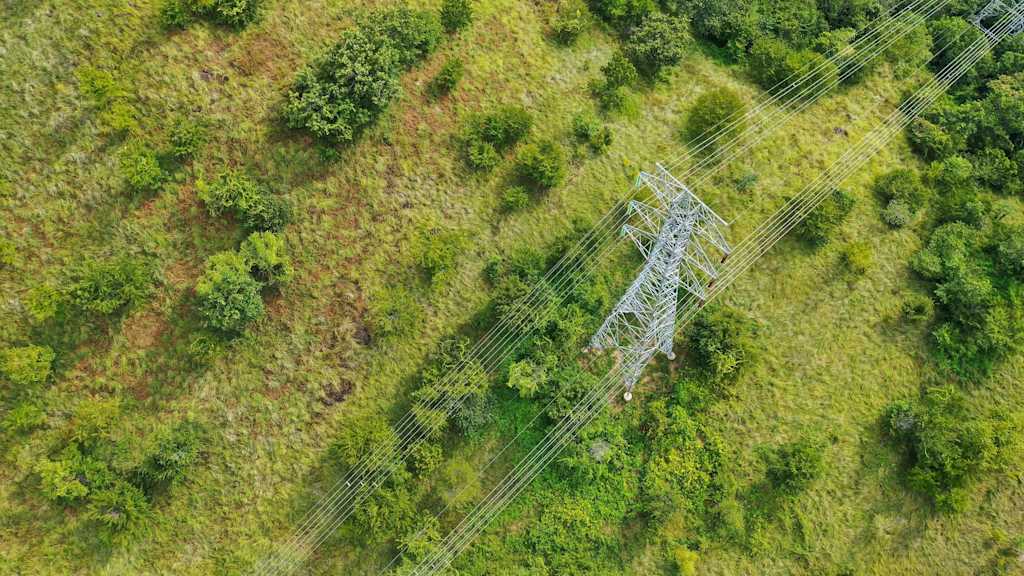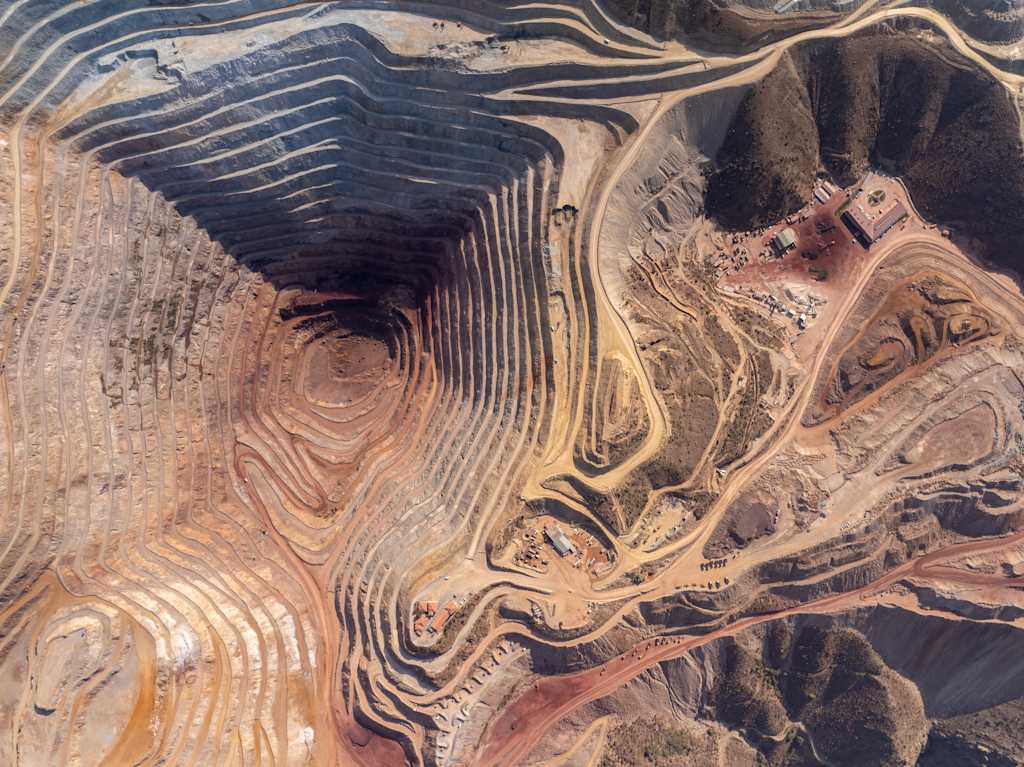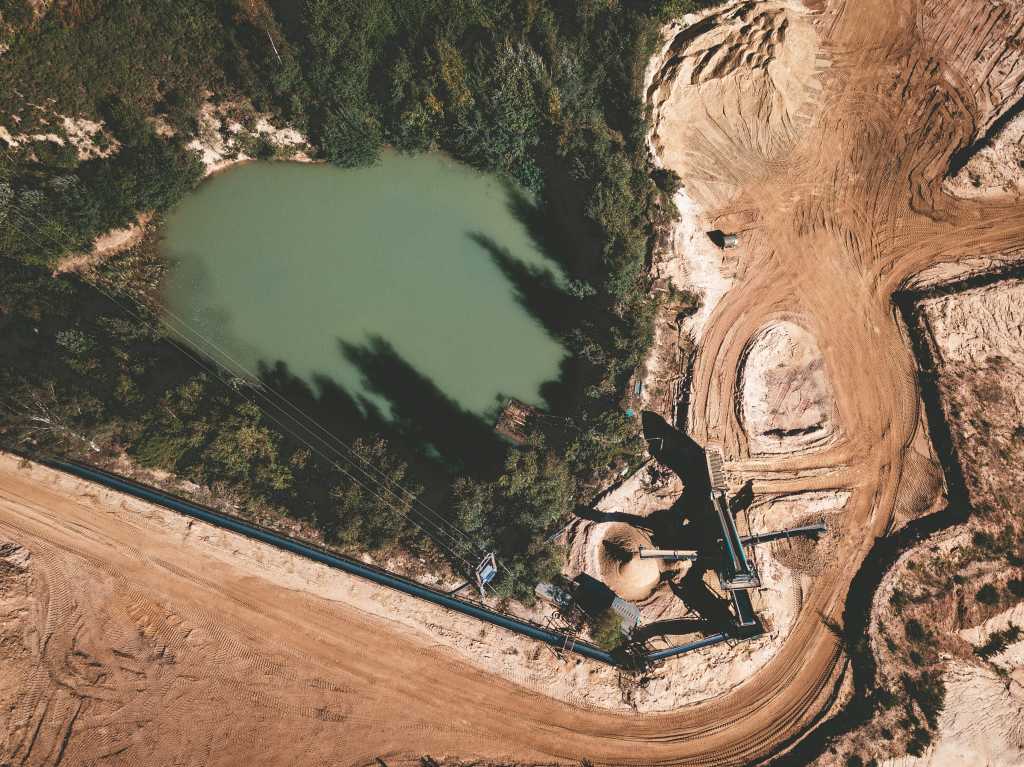Partner Profiles | Simularity offers satellite processing algorithms on the UP42 marketplace. We sat down with VP of Sales Peter Koning to learn more.
We wouldn’t be UP42 without our partner community. Thanks to our partners, we have a growing marketplace of satellite data sources and processing algorithms for our customers to use. That’s why we’ve launched ‘Partner Profiles’ — our new series dedicated to the people behind the tech. Every interview will introduce one of our partners, tell their stories, and share their visions for the future.
Today, we’re featuring Peter Koning, VP of Sales at Simularity — one of our partners providing processing algorithms on UP42. Simularity creates image analysis technology that reveals changes and helps customers to derive valuable insights over their areas of interest.
Hi Peter, we’re really interested in your work over at Simularity. Could you tell us a little bit more about yourself and what you do?
Sure — I live in British Columbia, Canada, in a small city in the Interior of BC, where it is quite dry and we have great conditions for skiing in winter and growing grapes for wineries in summer — the best of both seasons. Simularity is a US company, our founders are based in Tampa, Florida and we have team members in Canada and also Silicon Valley, California.
I’ve been involved in marketing and sales of technology for several years in both Europe and North America. At Simularity I take care of finding and working with our partners and customers. I also participate in the daily product development meetings as our market needs are always changing and I believe that the market/customer perspective is critical in product decisions.

Why the name Simularity?
It’s a combination of Simulation and Similarity — two concepts that formed the foundation of our original AI engine.
What problem is Simularity trying to solve?
The main problem is that there is too much imagery, and it goes beyond optical imagery — now there is a wave of geocoded data that has a treasure trove of useful insights but there are no tools to easily unlock this value — until now. We apply time series analysis to imagery, in order to help customers save time and quickly find the interesting changes they are looking for.
What stories have inspired you when working with Simularity customers?
One of our government customer’s project manager told us that he was talking to a cynical employee who didn’t believe there was technology to rapidly detect the most unusual changes over time, in their gigabytes of imagery they look at daily. When he saw what our AI could reveal in a very short time, he changed his attitude completely.
To me this tells us a lot about human nature and how over time we can become conditioned to be skeptical of new technology, and that the barrier to entry for a disruptive solution is often a psychological one.
Could you tell us a bit about the Simularity algorithms on the UP42 Marketplace?
Our flagship algorithm is called Automated Image Anomaly Detection System (AIADS), which we call Temporal Change Detection on UP42. It separates the “normal” changes from the unusual ones and creates an anomaly heatmap. This allows our customers to rapidly pinpoint the areas that are of most interest to them. AIADS combines AI with time series analysis and geospatial processing of imagery, at the pixel level.
Our algorithms focus on using AI to not just compare two images, like most change detection algorithms do, but to use history as a guide to learn what’s normal so that the most dramatic changes can be detected. There’s no way to do this with just a couple of images, as you don’t have that baseline of historical change. Many AI/ML algorithms are based on a trained model, which is only useful when the data you are analyzing is in the same realm as what the model was trained on. Our technology uses real-time training on the historical imagery provided so that it works every time in all cases.
We also have developed other algorithms that can be combined with AIADS or even other partner blocks, such as Dynamic Range Adjustment and Co-Registration. Our Co-Registration uses feature detection to better align the pixels, which in turn increases the value of the analytical results.

Above: Simularity’s AIADS algorithm used to analyze a housing construction site in Ramyeh, Lebanon. The anomaly heatmap illustrates areas where anomalies were detected.
You help customers detect anomalies with AIADS, why is AI-driven anomaly detection so important?
If you look at two images you will see all the changes. But that’s also an issue when you have petabytes of imagery, you see all the changes. By using historical imagery in realtime, our AI can learn what the normal changes are (e.g. vegetation, seasonal, cars moving on the road) and as a result filter those out so that only the most dramatic and significant changes are identified quickly.
As the volume of imagery and other geocoded data is growing at an exponential rate, we all need better tools to filter the imagery as fast as possible. The use of AI allows the user to process massive amounts of imagery and get results in less time than is humanly possible. In the end, we are still involving people in the process, but they are now more effective as they can focus on just the areas which the AI has identified needs further investigation.
Simularity believes in helping people to make better predictions. Are there any verticals you’ve noticed this to be most helpful?
Change is all around us and accelerating at a rapid pace. Verticals where there is a lot of change combined with a lot of image data, and where the consequences of the insights have high value, are where our tools are the most helpful. The verticals where we’ve seen the best fit is in government and environmental applications, where changes such as unexpected construction or unusual destruction events need to be detected in a timely manner.
What’s next for Simularity?
We are exploring creating valuable monitoring services and also some new algorithms to analyze non-optical imagery, as we feel there is high value in going beyond what can be seen by the human eye.




